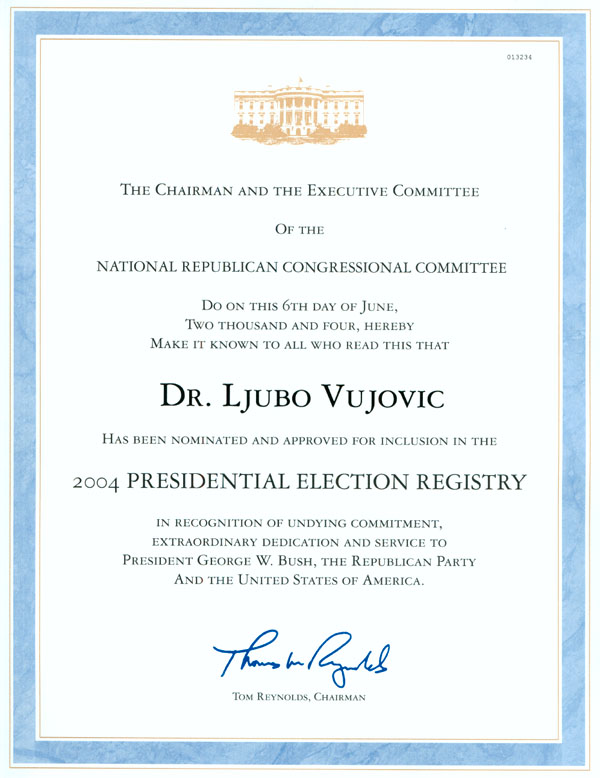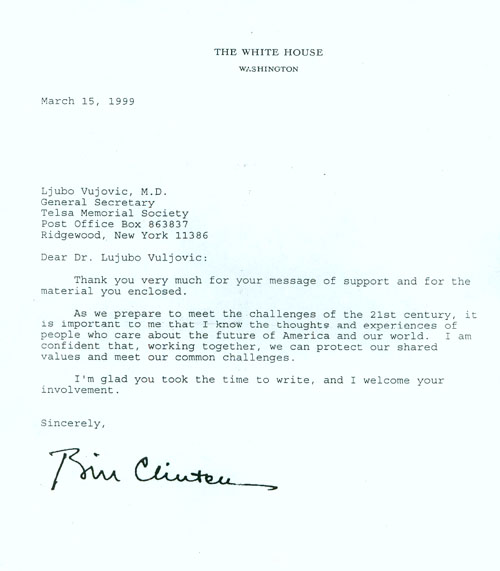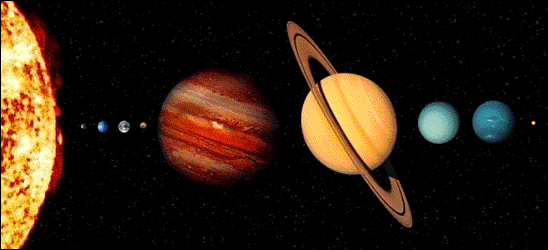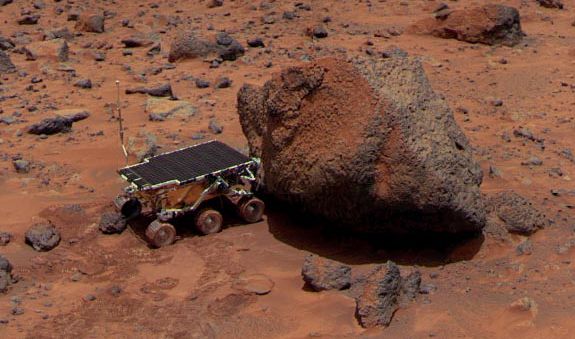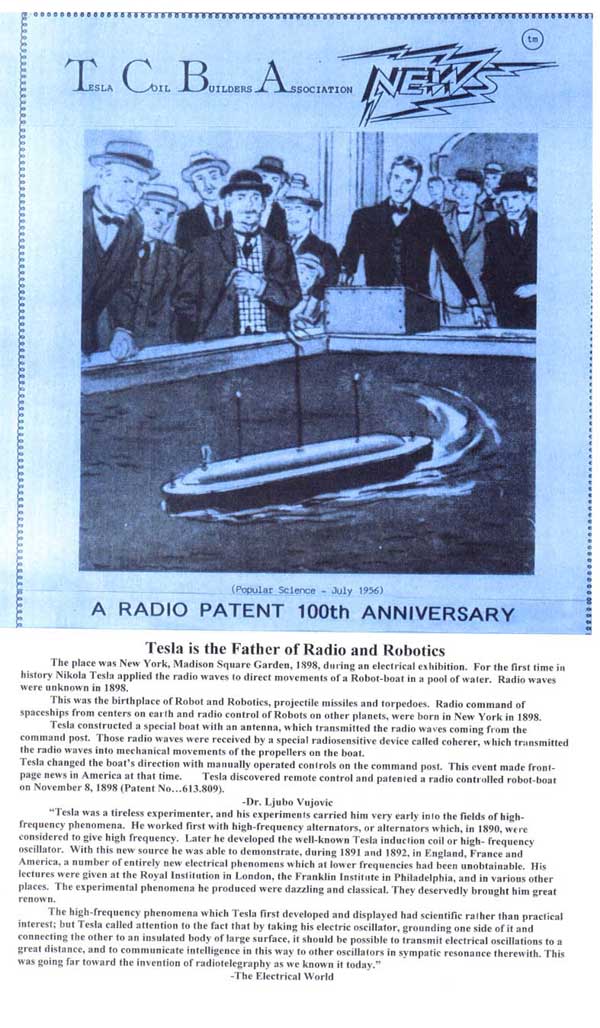
Welcome to the Tesla Memorial Society of New York Website
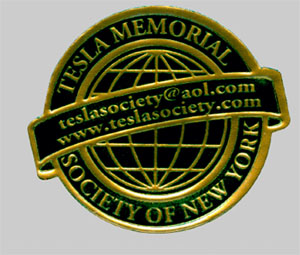
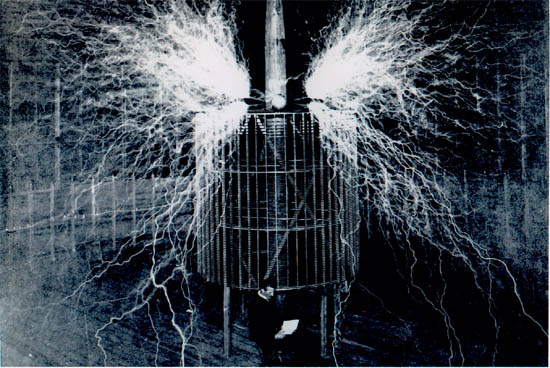
Above: Nikola Tesla in Colorado Springs Laboratory, 1899, seated in front of a magnifying transmitter with 20 million volts and high frequency electricity.
Tesla Memorial Society of New York letter to President Bush about the exploration of Cosmos
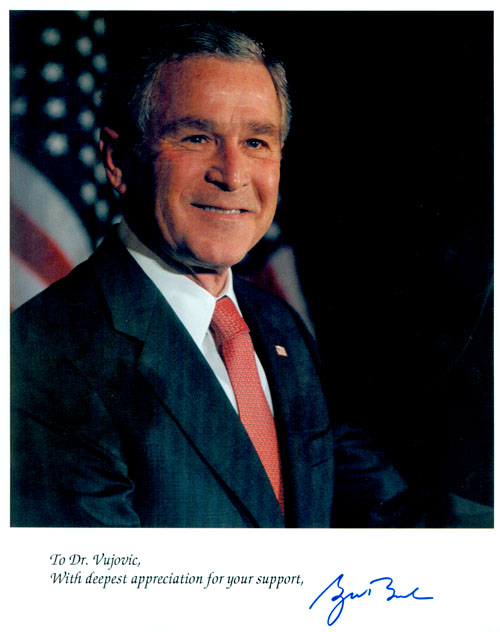
"America is proud of Nikola Tesla" said President Bush congratulating the 150th Anniversary of Tesla's birth
President Bush's Vision for NASA
(Click here for video speech of
President Bush)

President George W. Bush Will Offer New Initiative to Explore Space (January 10, 2004)
President Bush will make a speech next week, according to a White House spokesman, in which he will outline the major American Space Initiative. It is expected that President Bush would propose a research and development program for establishing a base on the moon which would be a prelude to a longer-term goal of sending humans to Mars.
In exhorting the country to undertake an ambitious space program, Mr. Bush would follow the example of two American Presidents before him. In 1961, John F. Kennedy challenged the nation to send a man to the moon by the end of the decade. Mr. Bush's father and former President Bush proposed in 1989 establishing a base on the moon, sending an expedition to Mars and beginning "the permanent settlement of space".
The NASA administrator, Sean O'Keefe has spoken publicly about man landing on Mars, saying that the nation would have to develop new methods of propulsion and electricity generation in space and a way to protect astronauts from large radiation doses in space.
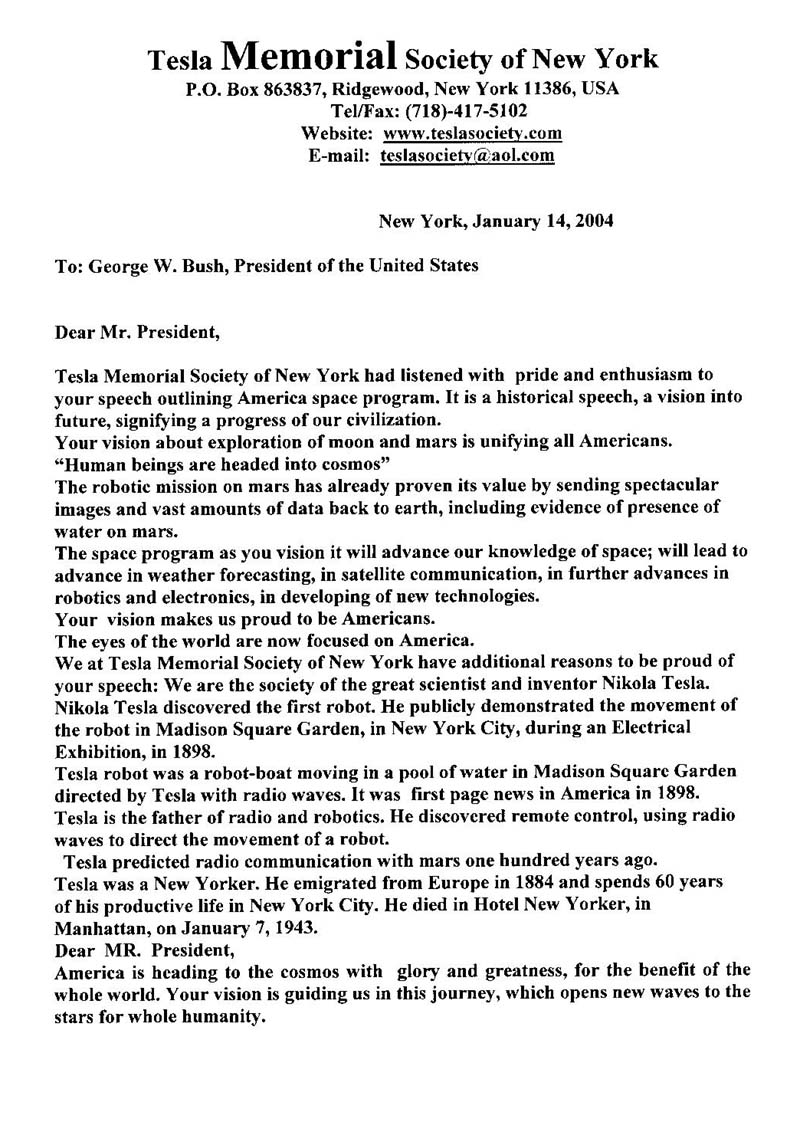
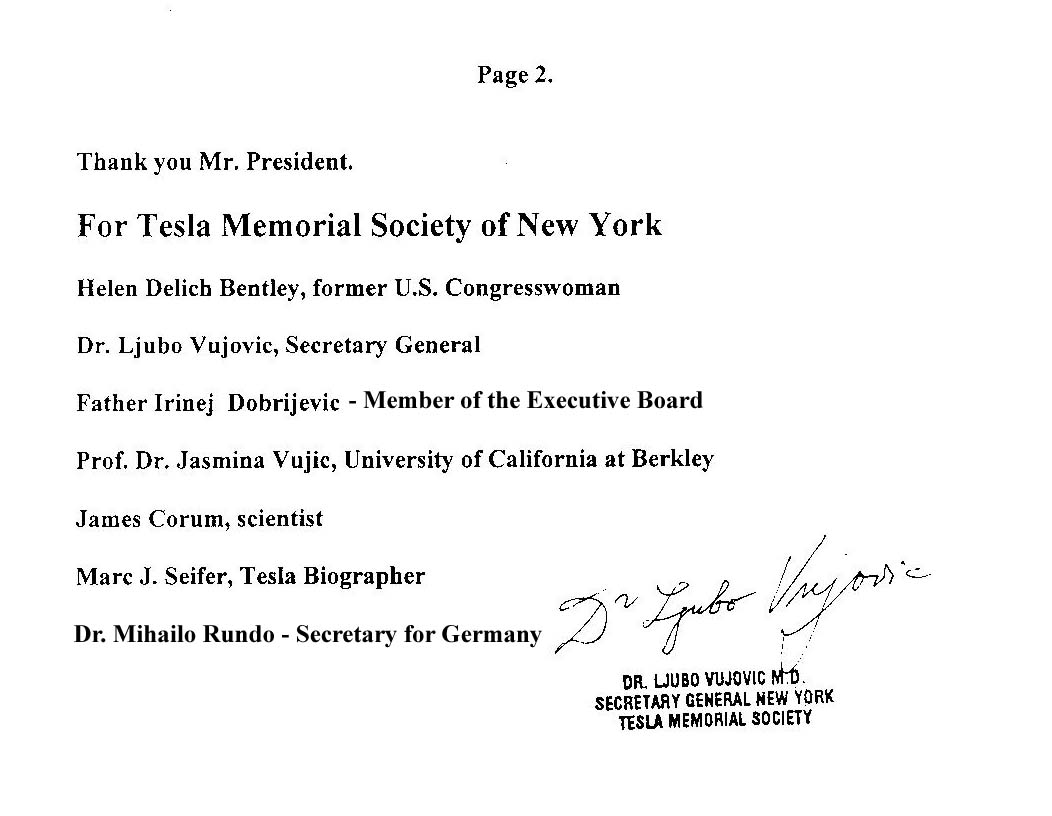
|
NIKOLA TESLA AND THE EXPLORATION OF COSMOS Nikola Tesla is discoverer of radio and remote control, so important for computer guided spaceships from mission control centers. Nikola Tesla is the father of radio astronomy, in his laboratory in Colorado Springs, Colorado, in 1899 he recorded cosmic radio waves. The cosmic radio waves were emitted from hydroxyl molecules of interstellar gas clouds and the envelopes of Red Giant Stars. They are very important for the exploration of cosmos. The BBC film Masters of the Ionosphere features Nikola Tesla as the first scientist who utilized the ionosphere for the scientific purposes. The ionosphere is the ionic-charged part of the atmosphere, important for the transmission of radio waves. Nikola Tesla signaled Mars by radio, he spent fifty years of his life to establish communications among of the planets by means of radio.
This is a collection of many of the best images from NASA's planetary exploration program. The collection has been extracted from the interactive program "Welcome to the Planets" which was distributed on the Planetary Data System Educational CD-ROM Version 1.5 in December 1995. On July 4, 1997 the NASA Explorer robot Sojourner landed on Mars and became the first radio-guided vehicle to roam the surface of the Red Planet.
Remotely controlled exploration of the cosmos began 100 years ago when Nikola Tesla demonstrated the invention of the robot in New York City. In 1898 he filed and was granted a patent which described radio remote control for use in guided vehicles. Space exploration developed from this first building block. Tesla publicly demonstrated his first working model of a robot guided by radio waves. This device was unveiled to many astonished viewers at the Electrical Exposition held at Madison Square Garden in May 1898. This was front page news in America at that time. It was the first time that the radio waves were used to guide a movement of a robot-eleven years before Marconi was awarded the Nobel Prize for the discovery of radio in 1909. This historic moment at Madison Square Garden in New York City in 1898 showed what marvels could be achieved by using radio waves. It was the beginning of robots and robotics, radio guided missiles and remote control. The radio communications and the computer guided spaceships from mission control centers are based on Tesla’s principal of radio remote control for use in guided vehicles. Nikola Tesla built a laboratory in Colorado Springs, Colorado, in 1899, to experiment with high frequency electricity and other phenomena. In that laboratory he received and recorded on his sensitive instruments, cosmic radio waves. He announced that he received extraterrestrial radio signals. The scientific community in 1899 did not believe him, because knowledge of cosmic radio signals did not exist at that time.
But for decades now, observatory laboratories all over the world, have been registering cosmic radio waves emitted from hydroxyl molecules of interstellar gas clouds and the envelopes of Red Giant Stars. Those faint radio waves with high penetrating potential have frequencies between 1610.6 - 1613.8 Mega Hertz. They are emitted from every cosmic material with temperatures above absolute zero (minus 459.67 degrees Fahrenheit). Tesla’s historic announcement of the existence of extraterrestrial radio signals in 1899 was met by the scientific community at that time with resistance and disbelief. But it was not the first time in history. The great 17th- century astronomer and physicist Galileo was sentenced to life in prison by the inquisition court in Rome in 1633. He was punished for supporting the Copernican Theory that the earth rotates around the sun. This is now a known fact, but at the time of Galileo, according to Holy Scripture, the earth was the center of the Universe and the sun rotated around the earth. The great scientific truth is sometimes going through rough road in order to reach the goal. The BBC film Masters of the Ionosphere features Nikola Tesla as the first scientist in the world who wanted to utilize the ionosphere for the benefit of humanity. The ionosphere is the ionic-charged part of the atmosphere, important for the transmission of radio waves. It is the earth’s shield from solar radiation. Today, most global radio communications depends on the ionosphere. The existence of the ionosphere is known since the 19th Century. It was once called the Kennely-Heaviside layer after two scientists exploring its existence. This thin air of the high stratosphere and beyond, where atoms and molecules are ripped apart and electrified by incoming cosmic and solar radiation is now known as the ionosphere. The ionosphere is the electric atmosphere and a good conductor of radio waves, surrounded by a layer of some poorly conducting material such as air. Nikola Tesla also wanted to utilize the ionosphere to transmit electrical energy without wires over long distances. For that purpose, he built Wardenclyffe Tower in Shoreham, Long Island (1901-1905), meant to be the first broadcasting system in the world and a center of the wireless transmission of electrical energy. Much of today’s technology in telecommunications evolved from Tesla’s original ideas. Nikola Tesla had a vision of radio communications with planets of the solar system. His Wardenclyffe magnifying transmitter had sufficient energy, voltage and frequency of oscillations to reach that goal. Tesla’s vision was the exploration of cosmos. Tesla was a man ahead of his time. New York, July 10, 1998 -Dr. Ljubo Vujovic Secretary General, New York Tesla Memorial Society
|
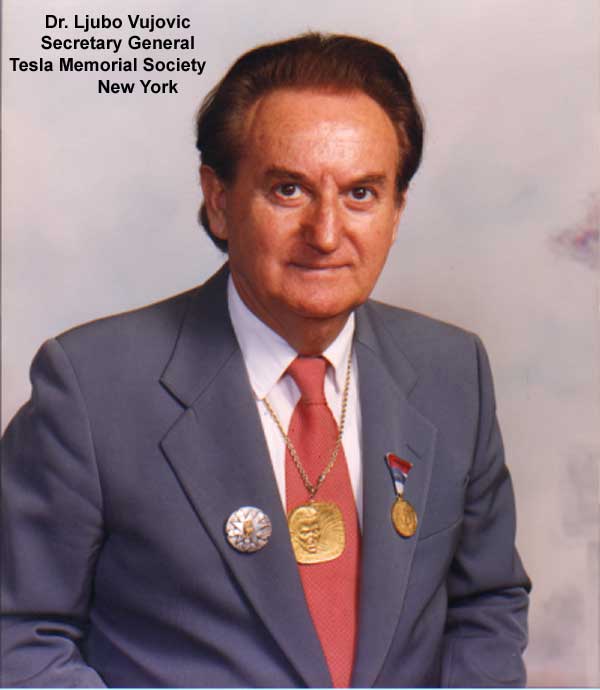
Website Editor: Dr. Ljubo Vujovic, Secretary General, Tesla Memorial Society of New York.
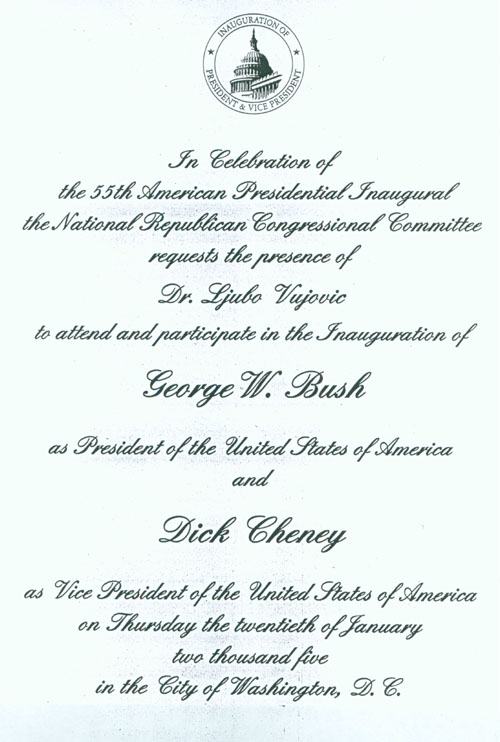
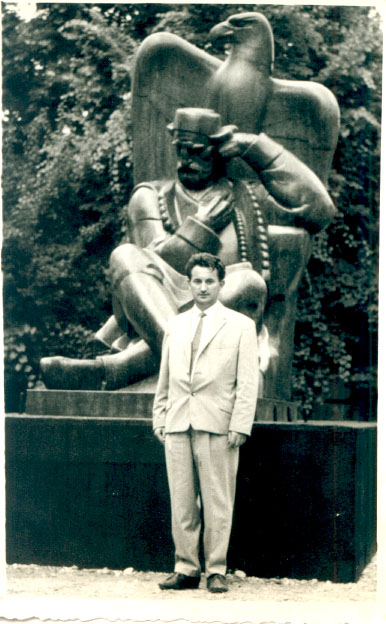
Above: Dr. Ljubo Vujovic, at the age of 35, in front of the Njegos Monument in Cetinje. This is the work of famous sculptor Ivan Mestrovic, the greatest sculptor since the Renaissance. The monument was erected in the Njegos Mausoleum on the Lovcen Mountain.
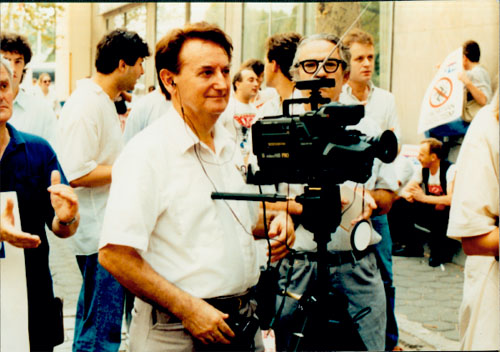
Above: Dr. Ljubo Vujovic, Editor and General Secretary of the Tesla Memorial Society of New York Website, filming an event.
